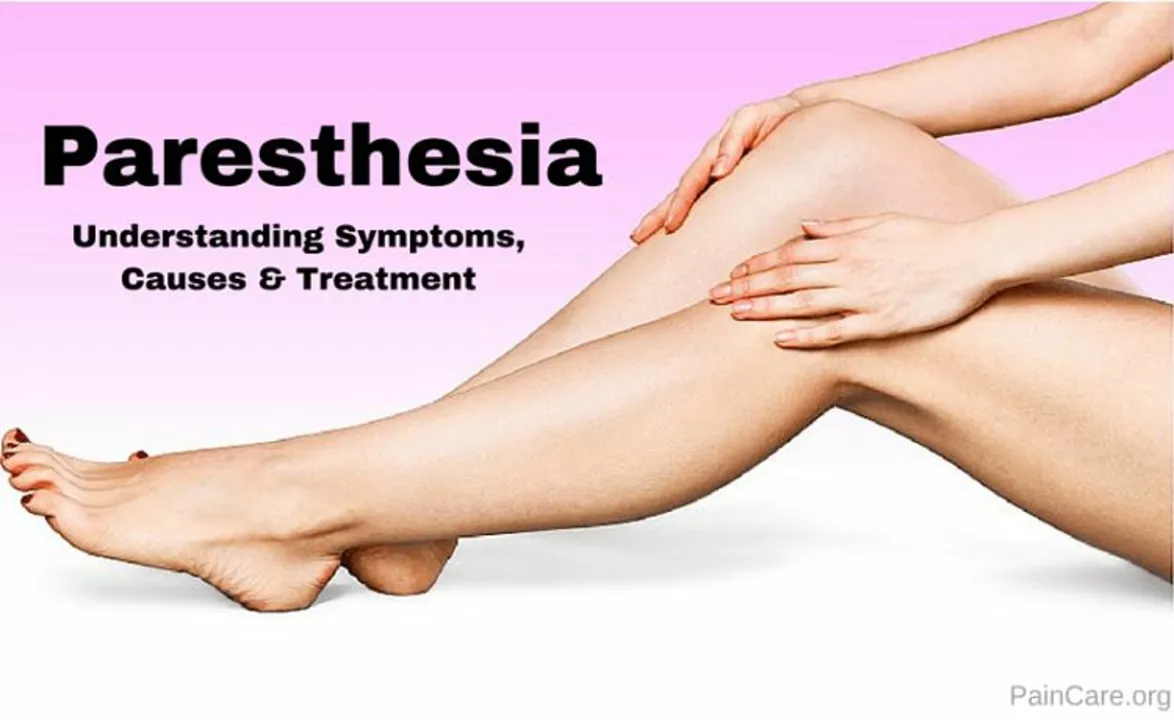Heel Pain: What Causes It and How to Feel Better Fast
Waking up with a stabbing pain in your heel is maddening — and really common. Most heel pain comes from plantar fasciitis (that thick band under your foot getting irritated) or from heel spurs, overuse, tight calves, or wearing the wrong shoes. This page gives clear, practical steps you can try today and explains when you should see a professional.
Simple test: press the inside of the heel where the arch meets the foot. If it hurts first thing in the morning or after sitting, plantar fasciitis is likely. If pain follows an injury, or you have swelling and redness, consider other causes like stress fractures or tendon problems.
Quick relief you can do today
Start with easy, low-risk steps you can do at home. Rest from activities that spike the pain (running, long standing). Use ice on the heel for 10–15 minutes, three times a day to reduce inflammation. Over-the-counter pain relievers like ibuprofen or naproxen can help for short-term pain — follow the label and check with a pharmacist if you take other meds.
Try heel support: heel cups, a cushiony insole, or taping the arch can reduce stress on the plantar fascia. Swap shoes for ones with good arch support and a slightly raised heel — avoid flat flip-flops or worn-out sneakers.
Do these simple stretches daily: calf stretch against a wall (hold 30 seconds, repeat 3 times per leg), plantar fascia stretch (pull toes toward you while seated), and roll your foot over a frozen water bottle for 1–2 minutes to ease tight tissue. These small moves often make a big difference within a few weeks.
Longer-term fixes and treatments
If home care isn’t enough, physical therapy can teach targeted stretches and hands-on techniques. A podiatrist may recommend custom shoe inserts (orthotics) or night splints to keep the foot in a stretched position while you sleep. For stubborn cases, steroid injections or extracorporeal shockwave therapy can help, but they carry risks — discuss pros and cons with your doctor.
Surgery is rarely needed. It’s usually the last option after months of conservative care. Many people recover fully with consistency: stretching, switching shoes, managing activity level, and sometimes temporary orthotics.
Want to find related info on pain medicines, safe drug choices, or supportive products? RXConnected has guides on pain relief options, alternatives to common pain meds, and how to pick reliable online pharmacies. Use those resources if you’re considering medication or special inserts.
Heel pain is often manageable, but don’t ignore worsening symptoms. Small changes now — better shoes, daily stretches, and short-term rest — can prevent months of trouble and get you back on your feet sooner.
When in doubt, see a professional to get a clear diagnosis and a plan tailored to your foot and lifestyle.
Burning Sensation in the Heel: Causes and Solutions

I recently came across an article discussing the causes and solutions for that annoying burning sensation in the heel. It appears that this discomfort can be attributed to various factors such as plantar fasciitis, Achilles tendonitis, and nerve conditions. Thankfully, there are a number of ways to address this issue, including stretching exercises, orthotics, and anti-inflammatory medications. In some cases, it might be necessary to consult a medical professional for further evaluation and treatment. Overall, it's essential to pay attention to our body's signals and take appropriate steps for relief and prevention.
